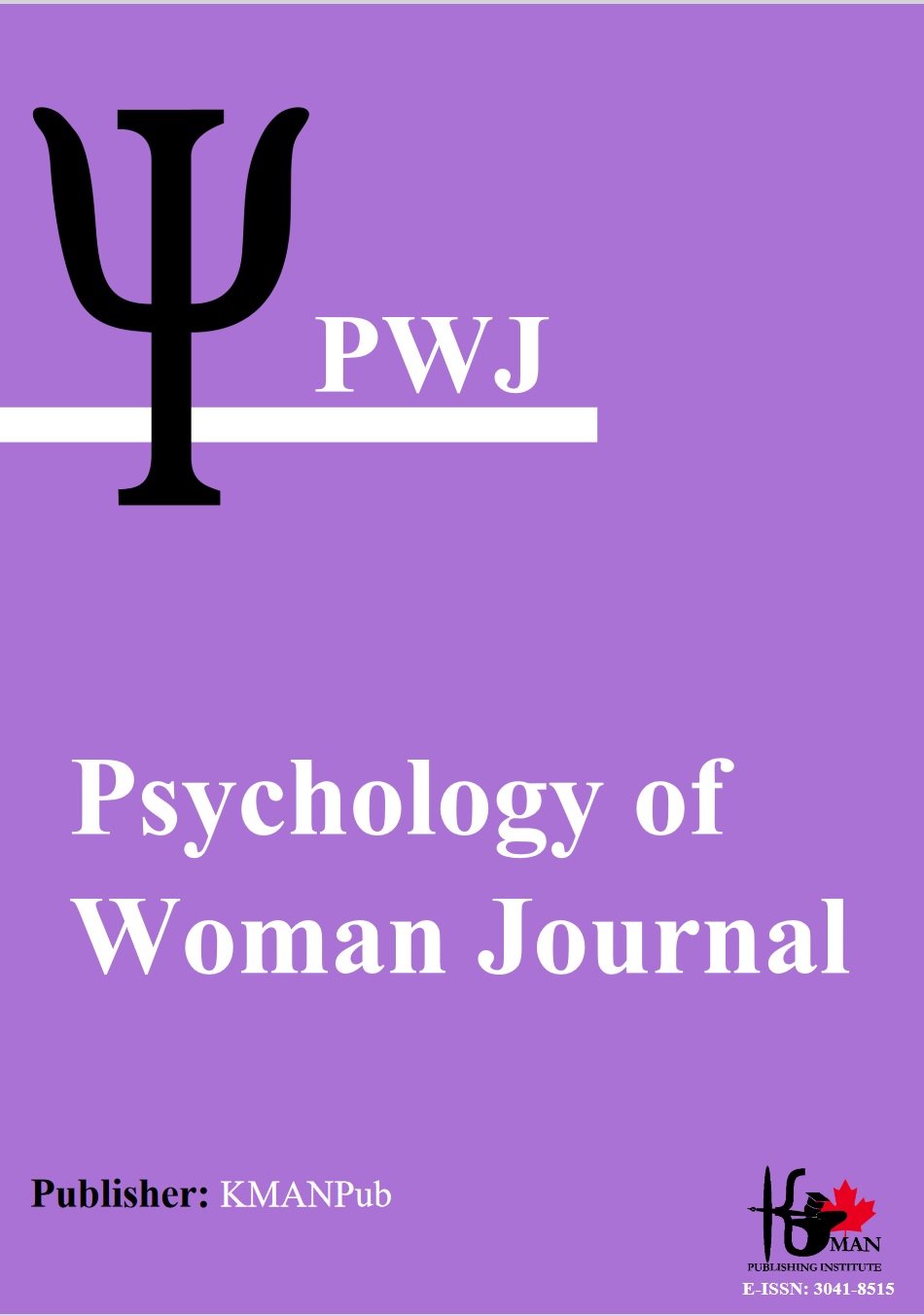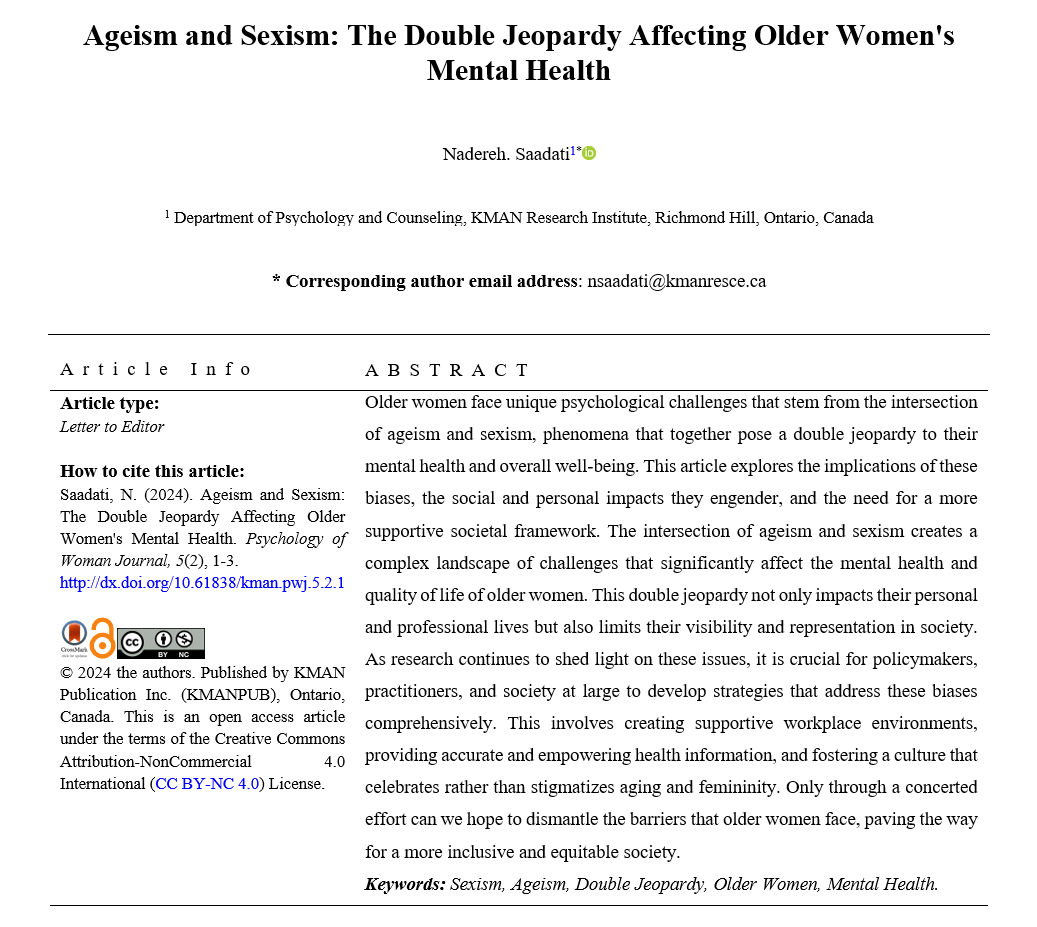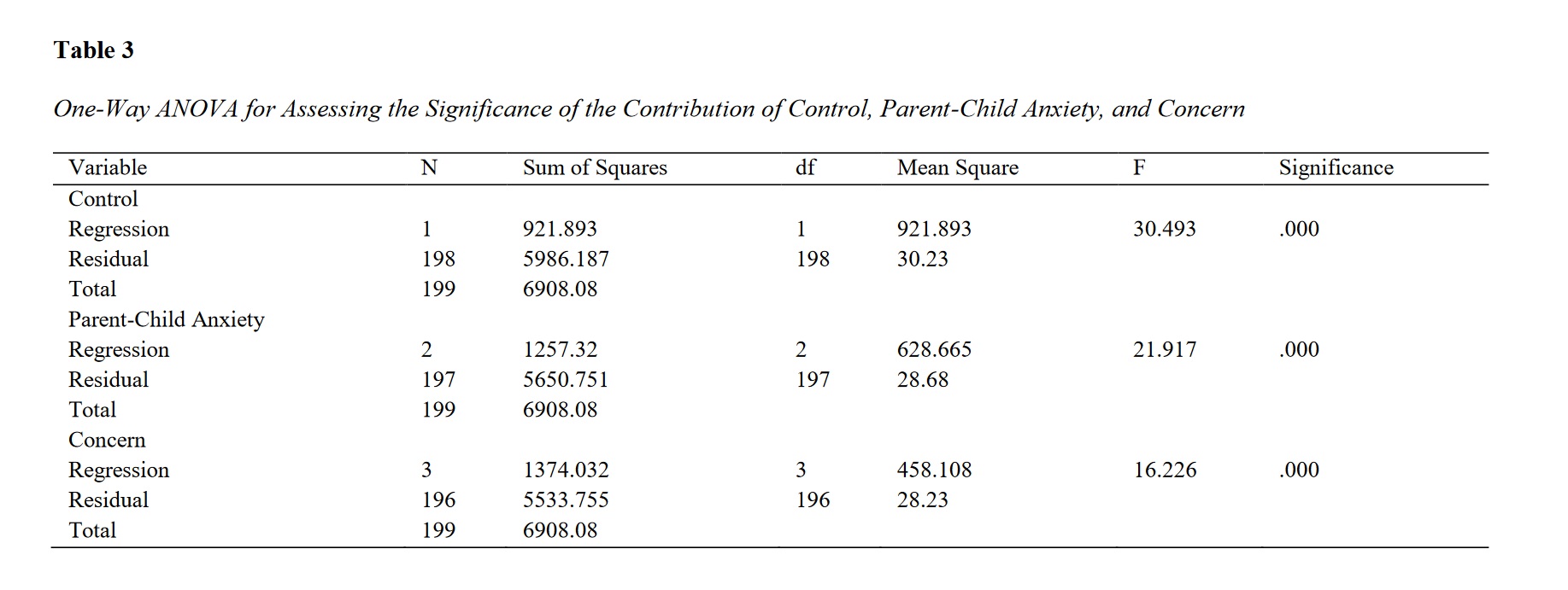
- E-ISSN: 3041-8515
- Director in Charge: Dr. Seyed Ali Darbani
- Editor-in-chief: Dr. Shokoh Navabinejad
- Associate editor: Dr. Nadereh Saadati
- Executive Director: Maryam Nayebzadeh
- Publisher: KMAN Publication Incorporation (Dubai Office)
- Contact Emails: [email protected] / [email protected] [email protected]
- Open Access: YES
- Peer-review: Yes (Open Peer-review)









